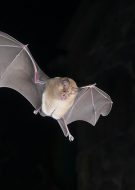
This paper published in the Conservation Evidence journal details how effective building management at VWT’s bat reserves has resulted in stronger greater and lesser horseshoe bat population size increases compared with unmanaged sites.
Download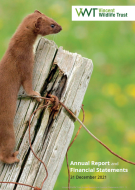
Vincent Wildlife Trust has just published its Annual Report for 2021. This report gives an overview of the past year’s highlights, its projects, its partners and its audited financial statements.
Download
The Lynx to Scotland study sought to assess the social feasibility of potential lynx reintroduction to Scotland through consultation with stakeholders and communities in two focal areas – Cairngorms National Park (CNP) and Argyll. Whilst the ecological feasibility of lynx reintroduction has been approached by previous efforts for Scotland, the Lynx to Scotland study represents the first effort to assess social feasibility. This is of central importance for the proposed reintroduction of a large carnivore that has been absent from Britain for a period of time equivalent to multiple human generations. The backbone of the study constituted an academic investigation using Q-Methodology, a technique used to quantify the subjective views of people towards a given topic.
Photo: ©Pexels-David Selbert
Download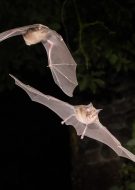
VWT’s Newsletter for 2021 has just been published and highlights the work during this past year and the achievements for mammal conservation in Britain and Ireland.
Photo: ©Andrew McCarthy
Download
The Irish stoat M. erminea hibernica is a subspecies endemic to Ireland and the Isle of Man but, despite being widespread in Ireland, no information exists on its population status due to the difficulty of detection. This study compared the efficacy of two camera trap methods (the Mostela, a modified camera trapping device, and an external camera trap outside the Mostela) to detect Irish stoats in counties Mayo and Galway, Republic of Ireland. It also evaluates the potential applicability of both methods for future work to assess the population and conservation status of this little-studied species.
Photo: Irish stoat ©Carrie Crowley (Crossing the Line Films)
Download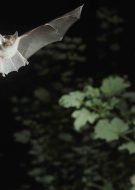
Habitat suitability models (HSM) have been used to understand the impacts of landscape-scale habitat connectivity and gene flow mostly by assuming a regular decrease in the cost of movement as habitat improves. Yet, habitat selection and gene flow are governed by different behavioural processes which may limit the reliability of this approach. This study aimed to identify the optimal relationship between gene flow and HSMs for two bat species (Myotis bechsteinii and Eptesicus serotinus) in Britain in order to inform future bat conservation studies.
Photo: ©Frank Greenaway
Download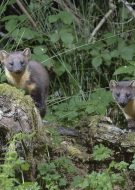
The aim of this document is to set out a strategic, long-term recovery plan for pine martens in Britain. It follows on from a previous strategy produced in 2011 (Jordan, 2011), which outlined the practical work and research needed to restore and secure the future of pine marten populations in England and Wales up until 2020.
We present a summary of what has been achieved so far and set out a continuing recovery plan for pine martens across Britain that maintains this strategic approach, while emphasising the importance of conserving recovering populations in Scotland.
Photo: ©Robert Cruickshanks
Download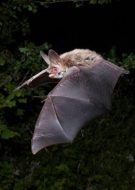
This paper uses a case study on the elusive woodland bat Bechstein’s bat (Myotis bechsteinii) to explore the effectiveness of genetic approaches as a way to monitor elusive long-lived species.
Photo: Bechstein’s bat ©Henry Schofield
Download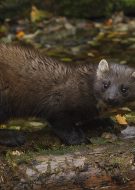
In this study, the history of the pine marten (Martes martes) in Ireland is reviewed, revealing that the population has undergone several retractions and expansions over the last few hundred years. Here, we consider the genetic legacy of this flux in fortunes and its likely impacts upon the conservation and future recovery of the species.
Photo: ©Ruth Hanniffy
Download